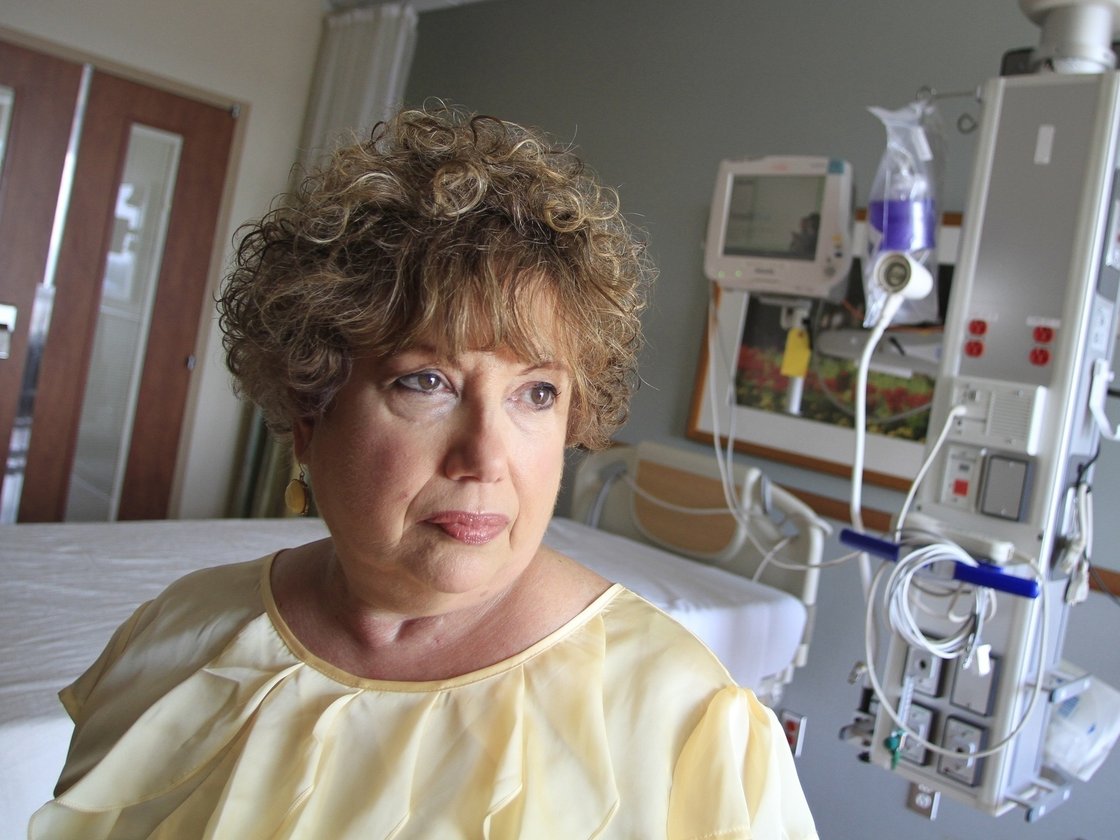Although the amount of potentially fatal infections and avoidable injuries that happen in hospitals is slowly decreasing, Medicare will soon be charging massive fines to around 750 hospitals with the highest rates of both. The estimated total for these fines will be about $330 million for just one year. The decrease in infections has not been fast enough yet to meet the goals set by federal health officials. According to the government, just two short years ago, the rate of patients in hospitals who suffered from complications that could possibly have been avoided was one in eight.
These fines will hopefully steer hospitals towards decreasing those high rates of potentially unavoidable infections and injuries even further. As Dr. Clifford McDonald, who is a senior adviser for Centers for Disease Control and Prevention, these new fines will allow the worst hospitals slated to receive them to “still have a lot of room to move in a positive direction.”
So when exactly will these fines start kicking in? For the hospitals with the worst rates, October will be the month that they will start to lose one percent of all Medicare payments for a period of one year. Based on federal analysis, the total amount so far is 761 hospitals. The list could change, however, by the end of the year because the span of the government’s observations on hospitals’ performances will extend to a longer period.
This program is called the Hospital-Acquired Condition Reduction program and it will work in conjunction with two other programs created when the health care law was passed in 2010. One of these programs penalizes hospitals with high readmission rates and the other will either give bonuses or penalties to hospitals based on several quality measures. The combination of these three programs places hospitals at risk of losing up to 5.4 percent of what Medicare pays them.
The Hospital-Acquired Condition Reduction program will focus on three areas within the first year of its implementation—1) frequency of bloodstream infections from catheters inserted through veins, 2) frequency of urine infections from catheters inserted in bladders and, finally, 3) an array of avoidable health problems such as bedsores, blood clots and the like. 54 percent of the major teaching hospitals in the U.S. and eight states, along with Washington D.C., in particular, make up more than one third of the recipients for these initial penalties. Those eight states are: Alaska, Colorado, Connecticut, Nevada, Oregon, Utah, Wisconsin and Wyoming.
These precautionary steps will hopefully push hospitals to seriously reevaluate their procedures in resolving and ultimately fully preventing these grave and potentially fatal errors from happening. As Lisa McGiffert, Consumers’ Union’s director of the patient safety program says, “With infections, we are moving in the right direction. But I would not say we are anywhere near where we need to be.”
What do you think about these forthcoming penalties for hospitals? We look forward to your comments below.
You may also enjoy:

 Hospitals on the Verge of Paying Massive Fines from Medicare for Their Mistakes
Hospitals on the Verge of Paying Massive Fines from Medicare for Their Mistakes





 How to Comfort A Dying Loved One
How to Comfort A Dying Loved One
 Our Annual Seven Holiday Gifts for Someone Who Is Grieving, 2024 Edition
Our Annual Seven Holiday Gifts for Someone Who Is Grieving, 2024 Edition














